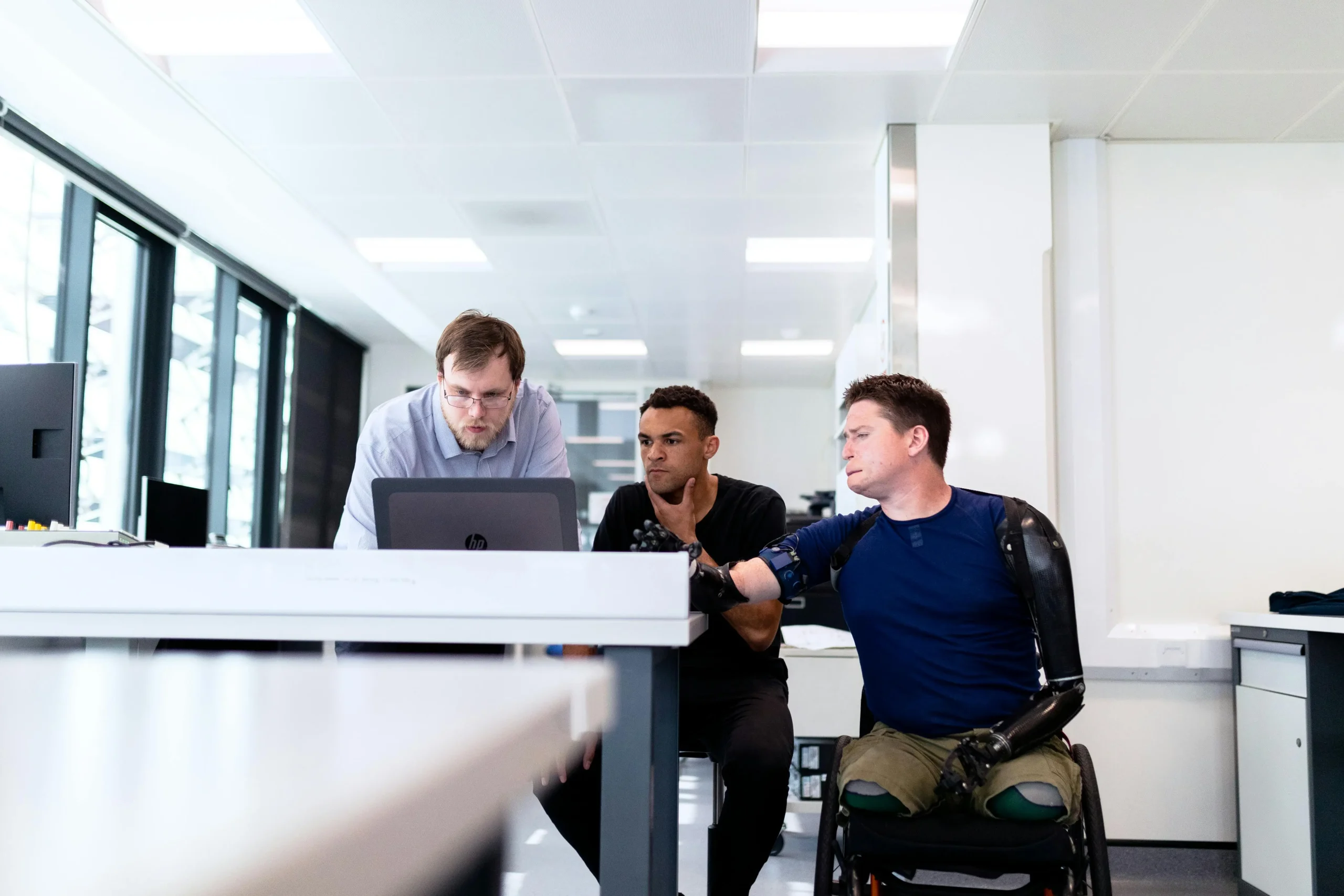Accessibility employment is not just a moral imperative—it’s a business advantage, a societal necessity, and a gateway to economic growth. Yet, millions of capable individuals face unnecessary barriers to Accessibility employment. Let’s explore how we can bridge this gap and create Accessibility workplaces that truly work for everyone.
The Importance of Accessibility Employment
Imagine a world where everyone, regardless of physical or mental ability, has equal access to fulfilling jobs. Accessible employment goes beyond hiring—it’s about breaking down barriers, fostering inclusivity, and maximizing potential.
“Accessibility is not a privilege; it’s a human right.”
A Quick Look at the Current Accessibility Employment Landscape
While strides have been made, the unemployment rate among individuals with disabilities remains significantly higher than the general population. Why? Because systemic barriers and outdated practices persist.
Understanding Accessibility in Employment
What Does Accessibility Employment Mean?
Accessible employment ensures that individuals with disabilities can perform their roles effectively, whether through physical accommodations, flexible policies, or supportive technologies.
Key Statistics on Accessibility in the Workplace
- 15% of the global population lives with a disability.
- Only 28% of workplaces offer disability-inclusive hiring practices.
Common Barriers Faced by Employees with Disabilities
From physical obstacles to digital inaccessibility, Accessibility employees encounter challenges that undermine their potential.
Why Accessible Employment Matters
Economic Impact of Accessibility in the Workplace
Inclusive hiring practices boost GDP and foster innovation. A McKinsey study found that diverse teams are 35% more likely to outperform competitors.
Benefits for Employers and Businesses
Accessibility is a win-win: reduced turnover, enhanced Accessibility employee satisfaction, and access to untapped talent pools.
Social and Cultural Advantages
Inclusive workplaces promote empathy, collaboration, and a stronger community bond.
Barriers to Accessibility in Employment
Prejudices and Misconceptions
Biases often prevent individuals from being considered for roles.
Addressing Implicit Bias
Training programs can dismantle stereotypes and foster understanding.
Physical Barriers
Offices designed without accessibility in mind exclude talented candidates.
The Role of Universal Design
Universal design ensures spaces are usable by all, regardless of ability.
Lack of Inclusive Policies
Many companies lack structured policies to support accessibility.
Why Policy Reform Is Essential
Inclusive policies create a framework for lasting change.
Solutions to the Accessibility Employment Gap
Creating Inclusive Hiring Practices
Adopting bias-free language in job postings and offering Accessibility interviews.
Leveraging Assistive Technology
From screen readers to ergonomic tools, technology transforms the workplace.
Examples of Assistive Tools for the Workplace
- Voice-to-text software
- Adjustable desks
- Accessibility communication apps
Implementing Diversity Training Programs
Ongoing education ensures that all employees understand and embrace inclusivity.
Enhancing Workplace Accessibility
Physical Modifications
Ramps, elevators, and ergonomic workspaces are essential.
Digital Accessibility
Ensuring websites, software, and internal systems are accessible to everyone.
Government and Organizational Support
Grants and Incentives for Employers
Programs like tax credits encourage businesses to invest in accessibility.
Public Awareness Campaigns
Spreading awareness fosters a culture of acceptance and understanding.
Inspiring Stories of Accessibility Success
Companies Leading the Way
Firms like Microsoft and Starbucks are setting benchmarks for accessibility.
Personal Success Stories
Individuals overcoming odds inspire systemic change.
Conclusion: The Path Forward: A Call to Action
Accessibility employment is achievable—but it requires collective effort. By addressing barriers and adopting inclusive practices, we can create a world where talent and potential thrive, unimpeded by disability.
“The future of work is accessible, and it starts with us.”
FAQs
- What is accessible employment?
Accessibility employment refers to creating workplaces where individuals with disabilities can perform their roles effectively through accommodations and support. - Why is accessible employment important?
It fosters inclusivity, taps into diverse talent pools, and enhances societal and economic growth. - How can businesses make their workplaces more accessible?
By adopting universal design, leveraging assistive technologies, and implementing inclusive policies. - What are the legal requirements for workplace accessibility?
Regulations vary by country, but most mandate physical and digital accessibility accommodations. - What is the economic impact of inclusive workplaces?
They drive innovation, reduce turnover, and contribute to GDP growth. - What technologies support accessibility in employment?
Tools like screen readers, voice-to-text software, and ergonomic devices aid accessibility. - How can companies address biases in hiring?
Diversity training and structured, bias-free hiring practices can reduce prejudices. - What government incentives exist for accessible employment?
Programs like tax credits and grants encourage businesses to adopt accessible practices. - What role does digital accessibility play in modern workplaces?
It ensures all employees, regardless of ability, can access essential tools and systems. - What are some examples of businesses embracing accessibility?
Microsoft, SAP, and Procter & Gamble are leading examples of inclusive workplaces.
Internal Links:
- Top 10 Job Search Platforms Tailored for Disabled Job Seekers
- Future-Proof Your Job Search: Confidence Tips for Disabled Professionals













